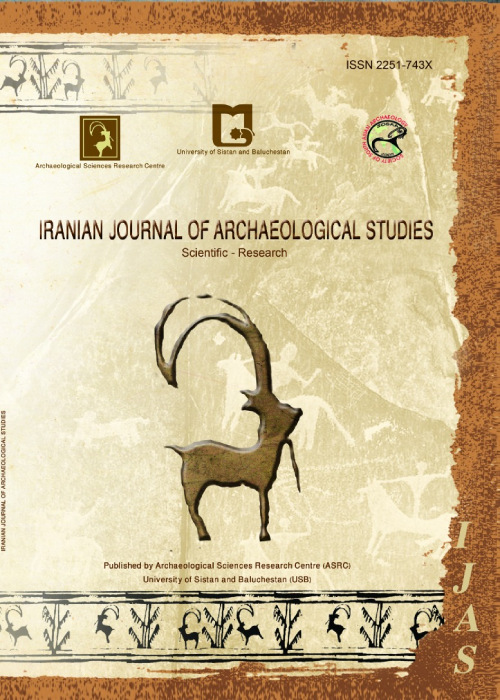The Perspective of the Urban Economy of Boshruyeh in the Qajar Era Based on the Theory of Space Syntax
Author(s):
Article Type:
Research/Original Article (دارای رتبه معتبر)
Abstract:
As a give and take relationship between human and environment, economy has played an essential role in the formation and sustainable development of cities. A city’s spatial structure is a refelction of its urban economy and how social actors have acted to create a relationship between the production and distribution of income from the sale of products, inside and outside urban areas. This social behavior in the city space, on the one hand, has caused high productivity and favorable access to physical-social and economic infrastructure (business) in the whole city. On the other, it has fostered a constructive economy in order to improve residents’ life quality and the sustainability of the city over time. This paper aimed to analyze the spatial behavior that was the driving force of the economic development of Boshruyeh City in the Qajar era using the theory of space syntax. The research questions were: How did the economic variable (“barak”-weaving industry) affect the distribution and density of the neighborhood patterns in Boshruyeh in the Qajar era? In what way were the access system and the pedestrian pattern governing the spatial organization of Boshruyeh able to ensure the sustainability of the urban economy and the growth of the city in the Qajar era? The present study represents a basic research in terms of purpose and descriptive-analytical in nature and methodology. To collect data, library research was utilized and using findings and documents of cultural heritage, a report on documenting the cultural-historical context of Boshruyeh City was provided. Using the UCL DEPTH MAP software, the descriptive-analytical part was based on the theory of space syntax and the analysis of the city map, emphasizing the metric radius and combining and weighting the two indices of integration and choice in the arrangement method. The results indicated a two-way and significant relationship between the two indicators of integration and spatial choice in the creation of space configuration and movement economy in the city space of Boshruyeh in the Qajar period. In the meantime, the footprint of the human factor in the natural movement of the city, the flow of the barak-weaving industry as the economic variable can be seen in the pattern distribution of the city houses and the pedestrian pattern in the streets as a people-oriented space in the city economy.
Keywords:
Language:
English
Published:
Iranian Journal of Archaeological Studies, Volume:12 Issue: 2, Winter and Spring 2022
Pages:
73 to 103
https://magiran.com/p2586905
دانلود و مطالعه متن این مقاله با یکی از روشهای زیر امکان پذیر است:
اشتراک شخصی
با عضویت و پرداخت آنلاین حق اشتراک یکساله به مبلغ 1,390,000ريال میتوانید 70 عنوان مطلب دانلود کنید!
اشتراک سازمانی
به کتابخانه دانشگاه یا محل کار خود پیشنهاد کنید تا اشتراک سازمانی این پایگاه را برای دسترسی نامحدود همه کاربران به متن مطالب تهیه نمایند!
توجه!
- حق عضویت دریافتی صرف حمایت از نشریات عضو و نگهداری، تکمیل و توسعه مگیران میشود.
- پرداخت حق اشتراک و دانلود مقالات اجازه بازنشر آن در سایر رسانههای چاپی و دیجیتال را به کاربر نمیدهد.
In order to view content subscription is required
Personal subscription
Subscribe magiran.com for 70 € euros via PayPal and download 70 articles during a year.
Organization subscription
Please contact us to subscribe your university or library for unlimited access!



